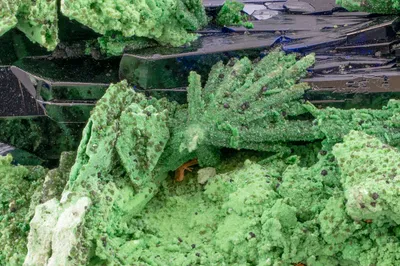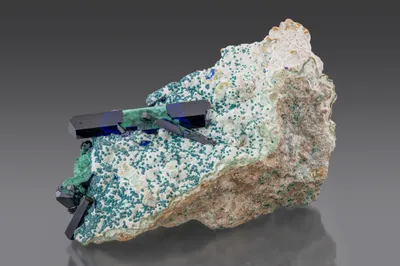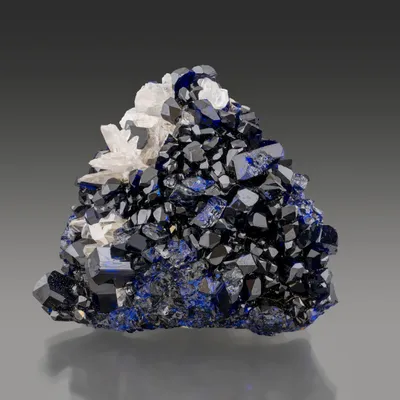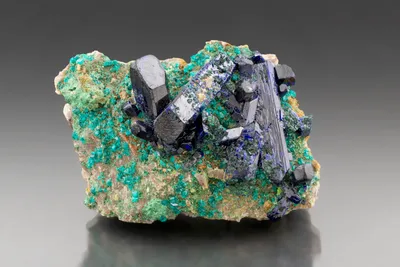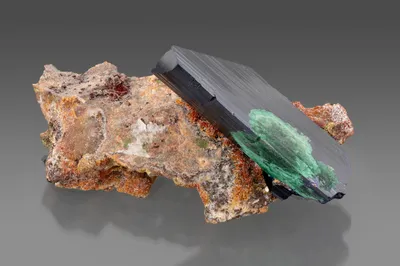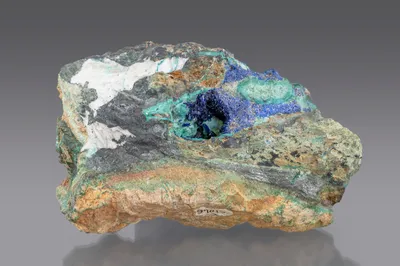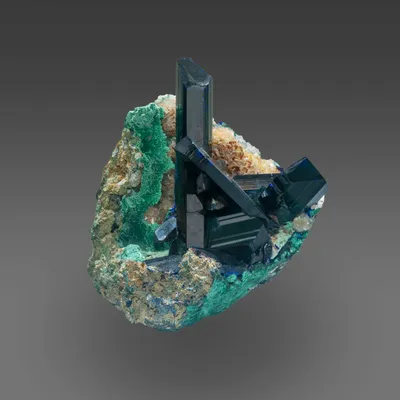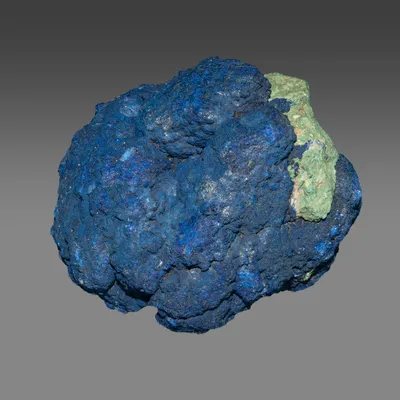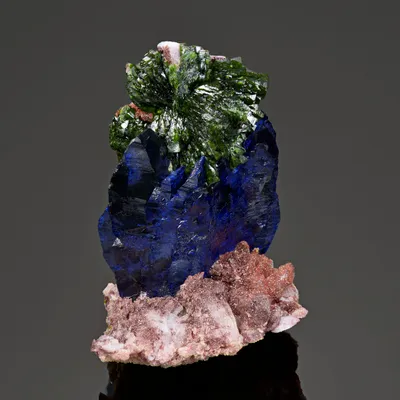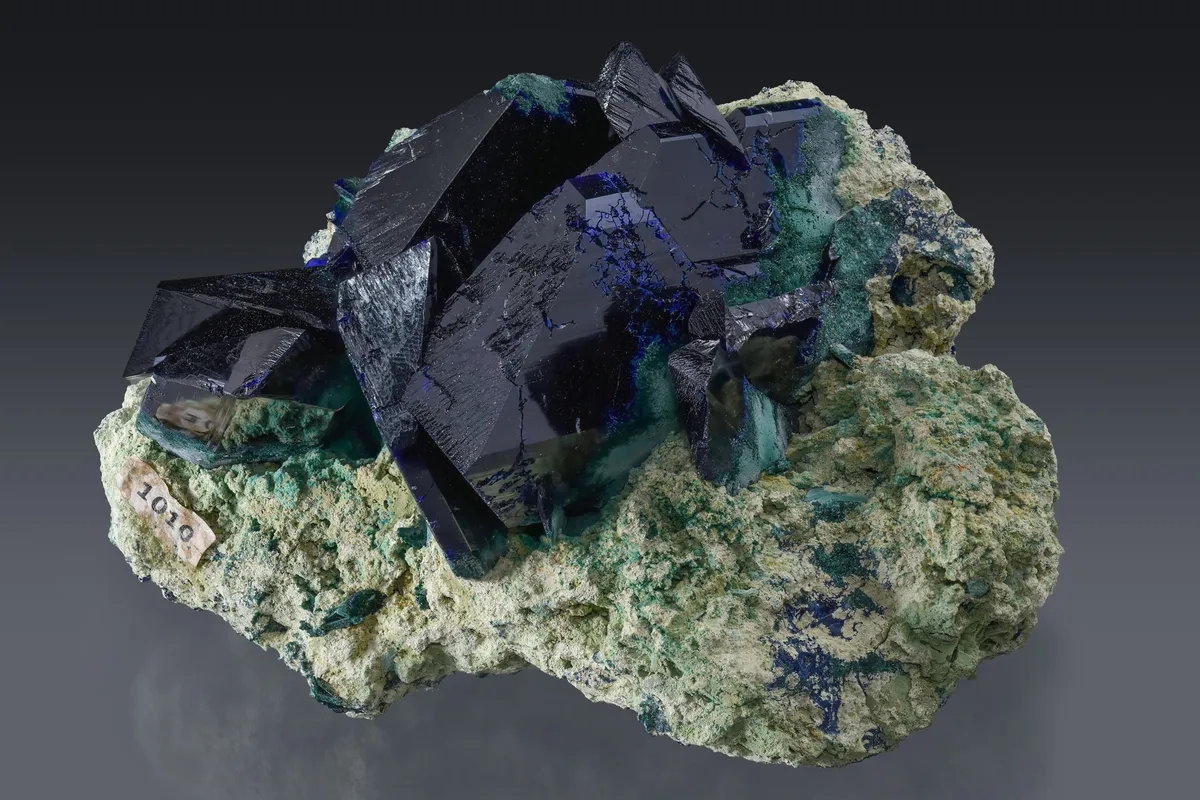
Image Credit: Malcolm Southwood
Mineral Species
Azurite
Type Locality
No
Composition
Cu3(CO3)2(OH)2
Crystal System
Monoclinic
Status at Tsumeb
Confirmed
Abundance
Very common
Distribution
First and second oxidation zones
Paragenesis
Supergene
Entry Number
Species; TSNB38
General Notes
Azurite was recognised at Tsumeb from the earliest years of mining (Maucher 1908a,b). Klein (1938) noted that azurite occurred between surface and 14 Level (i.e. throughout the first oxidation zone). Keller (1977a) ranked azurite as the fourth most abundant supergene mineral in the first oxidation zone (behind cerussite, smithsonite and malachite).
Inexplicably and erroneously, Gebhard (1999) stated that all azurite specimens came from the first oxidation zone. In fact, several significant discoveries were made in the second oxidation zone, although azurite was much less abundant than in the upper levels of the mine. Strunz et al. (1958a) recorded azurite crystals to 10 cm from the second oxidation zone; likewise, Bruno Geier, chief mineralogist for the Tsumeb Corporation Ltd in the 1950s and 1960s, included azurite in his list of second oxidation zone minerals (Geier 1973/74). Keller (1977a) considered azurite to be the ninth most abundant supergene mineral in the second oxidation zone, while Arno Günzel, chief geologist at Tsumeb in the 1980s, recalls that there was a vertical, vein-like alteration structure that included significant amounts of azurite, first encountered on 26 Level and extending to below 30 Level (Arno Günzel; pers. comm. to M. Southwood, May 2014).
There is, however, no record of azurite from the third oxidation zone.
There were many important finds of azurite, of which the following named pockets (in chronological order of discovery) are particularly noteworthy:
- The "Gordon/Kegel Pocket" discovered on 8 Level in December 1929 (White 1977; Lininger 2001/02).
- The famous "Newmont Azurite" discovered in 1962 and described by Conklin (2016) as "… the world’s finest mineral specimen" was found in the second oxidation zone (Geier 1973/74). An annotated monochrome photograph of the specimen in the private papers of former Tsumeb general manager, the late Charles E. Stott, records the year of discovery and the location as West 80 Stope, 28 Level (Charles L. Stott; pers. comm. to M. Southwood, May 2015).
- The "Charlie Key Pocket" discovered in the late (?) 1960s in the second oxidation zone, level unknown. Bideaux (1973) appears to have been referring to these specimens when he wrote about a new discovery of azurites from "…below the 2000 foot level".
- The "Bailey Pocket", discovered in 1973 in the second oxidation zone, although there is no precise record of its location (Sullivan 1980; Demetrius Pohl, pers. comm. to M. Southwood 2023).
- The "Perkins Sams Pocket", discovered late in 1980 in the second oxidation zone; these specimens are believed to have been recovered from 35 Level (Ludger Krahn, pers. comm. to M. Southwood, 2015).
- The "Easter Pocket" found in April 1994, also on 8 Level in the first oxidation zone (Gebhard 1995).
It should be noted that these named pockets account for only a tiny minority of the numerous specimens held in public and private collections around the world. Key (1977), however, cautioned that "… there are no more than 50 great azurite specimens extant in all the mineral collections of the world. It is a very rare mineral in superb specimens."
Nevertheless, azurite is undoubtedly one of Tsumeb’s signature minerals. Lustrous, black to very dark blue single crystals (to 250 mm) and magnificent groups of large crystals are among the finest azurites in the world (Pinch and Wilson 1977). Many azurite crystals have been partly or completely altered to malachite (Southwood and Cairncross 2022); indeed, Klein (1938) noted that malachite pseudomorphs after azurite were considerably more abundant than fresh azurite crystals in the upper levels of the mine.
Palache and Lewis (1927) described and measured a wide range of habits among azurite specimens collected from between surface and 6 Level. They identified 26 crystallographic forms of which the most common were the basal pinacoid, c {001}, which was present on every crystal they examined; the unit prism, m {110} was "… invariably present" and the front pinacoid, a {100} was "… usually present". The range of observed habits was such that they noted "… the futility" of attempting to define habits too strictly; notwithstanding, they proposed a simple classification that recognises 12 morphological "types" grouped into four broader "habits" as follows:
- Crystals elongated on the c-axis.
- Crystals that are equant.
- Crystals elongated on the b-axis.
- Crystals tabular on {001}.
Bartelke (1976) noted the occurrence of massive azurite in the upper levels of the mine. Nodular and rosettiform aggregates of crystalline azurite occurred in reasonable abundance in the upper portion of the first oxidation zone, notably on 5 Level and above (Cook et al. 2002). Many of these aggregates were found embedded in a matrix of white kaolinitic clay, in which they appear to have formed authigenically.
Keller (1977a) placed azurite as an important component of his "Type I" parageneses (i.e., minerals forming at relatively higher pH values). However, he noted that azurite also occurs with minerals that are typical of Type II parageneses and cites this observation as evidence that oxidising solutions evolved from acidic to basic. Keller detailed two "Type I" parageneses involving azurite:
I/7: duftite >> dundasite >> cerussite >> azurite >> malachite (ps. azurite).
I/8: quartz >> mottramite >> olivenite >> duftite >> malachite >> azurite >> malachite (ps. azurite).
He also placed azurite in a third "Type II" paragenesis, as follows:
II/5: primary sulphides >> conichalcite >> Cu-adamite [= zincolivenite] >> azurite >> malachite
In summary, Keller (1977a, 1984) considers azurite to form late in the paragenetic sequence under conditions of relatively high pH, and pCO2, typically from solutions that have evolved from acidic to basic.
Associated Minerals
agardite-(Ce); anglesite; aragonite; arsentsumebite; aurichalcite; bayldonite; beudantite; brochantite; calcite; cerussite; chalcocite; chrysocolla; clinoclase; conichalcite; coronadite; covellite; cuprite; dioptase; dolomite; dufrénite (?); duftite; dundasite; gartrellite; germanite; goethite; goudeyite (?); gypsum; hemimorphite; hydrocerussite; jarosite (?); kaolinite; malachite; mimetite; mixite (?); mottramite; olivenite; otavite; perroudite; philipsbornite; phlogopite; plancheite; quartz; rosasite; smithsonite; tennantite-(Zn); tenorite; tsumcorite; tsumebite; willemite; wulfenite; zincolivenite; zincrosasite (?)
Pseudomorphs
Azurite does not, as a rule, replace other minerals at Tsumeb. However, a remarkable specimen in the Folch Collection appears to consist of an encrustation pseudomorph of azurite after a cerussite "sixling" (Carl Acosta and Jordi Fabre, pers. comms. to M. Southwood, 2015).
The following minerals have been reported as forming pseudomorphs after azurite: arsentsumebite (rare); aurichalcite (rare); bayldonite (rare); brochantite (rare); chrysocolla (rare); dolomite (rare); duftite (rare); enargite (rare); jarosite (rare); malachite (abundant); plancheite (rare); quartz (rare); rosasite (rare); smithsonite (rare); tennantite (reportedly common, but probably confused with tennantite after enargite).

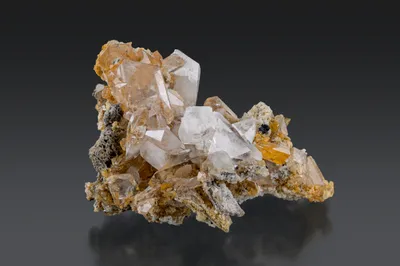
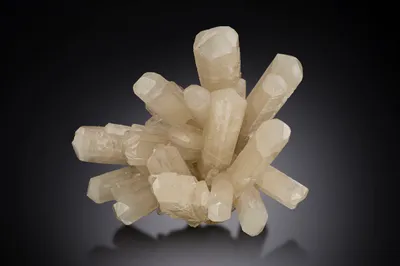

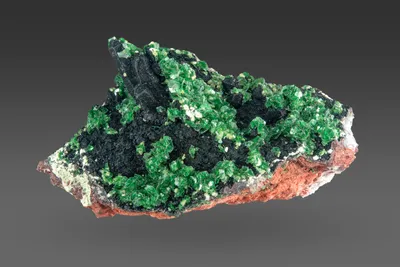
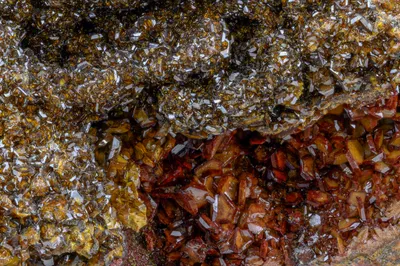

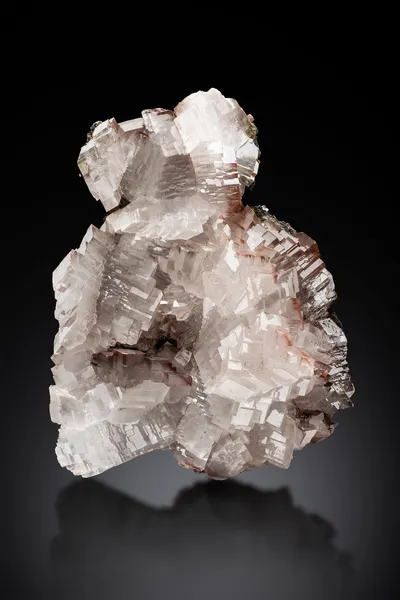
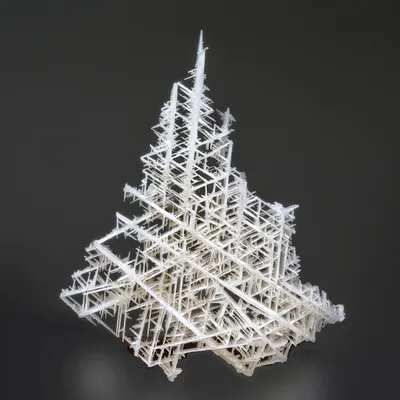




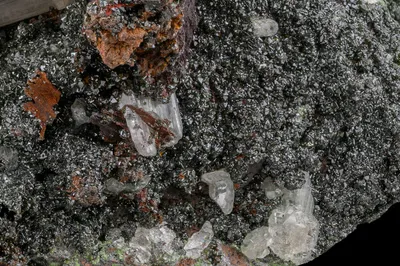

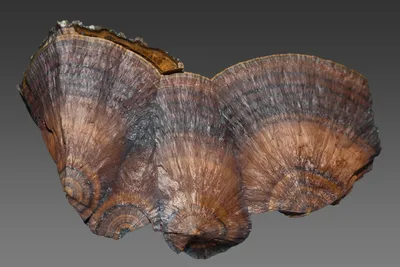


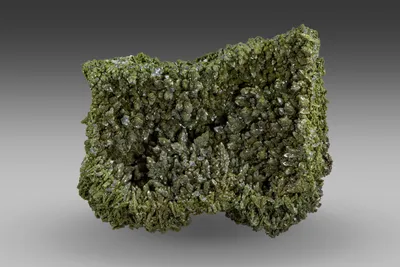


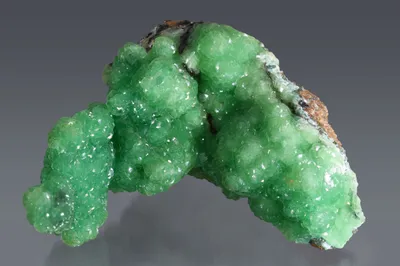

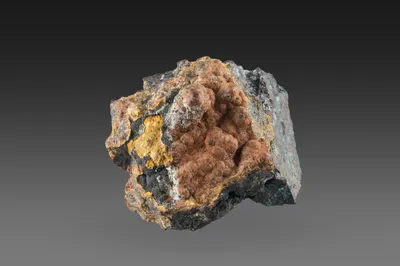
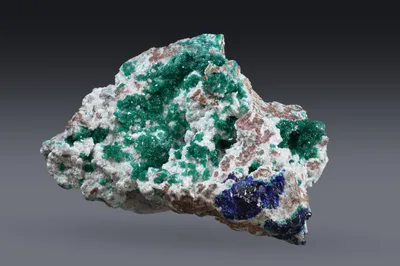
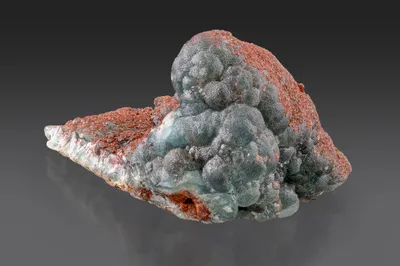

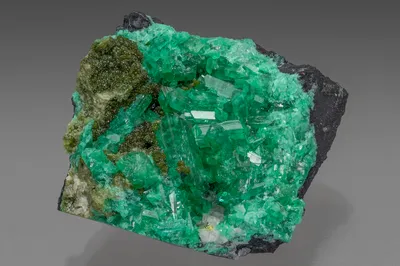



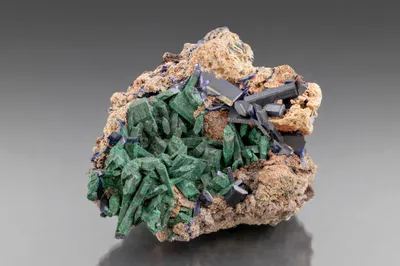

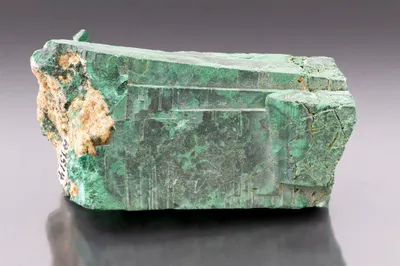

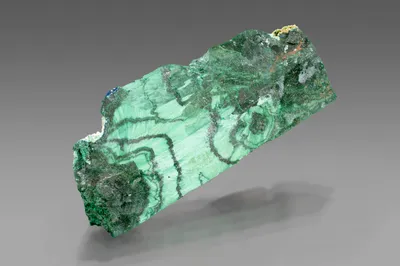
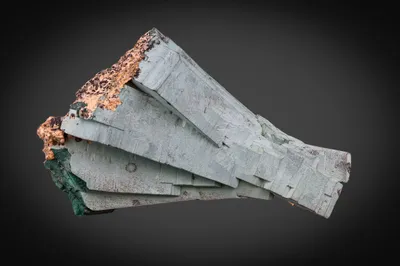

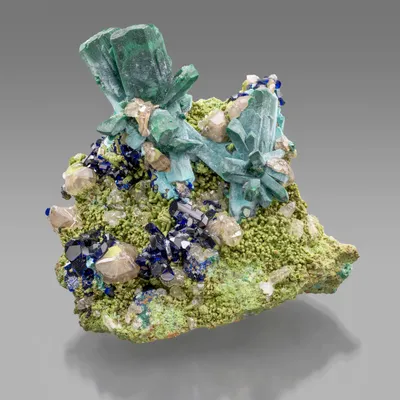
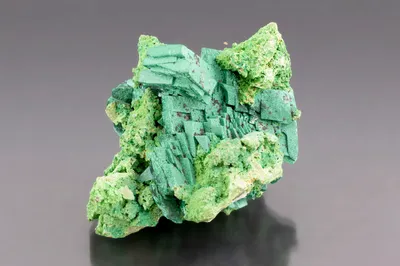



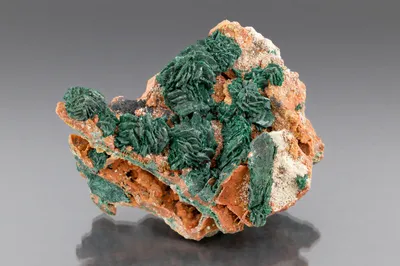

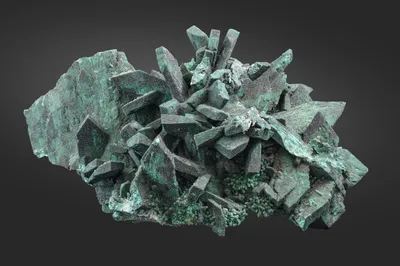


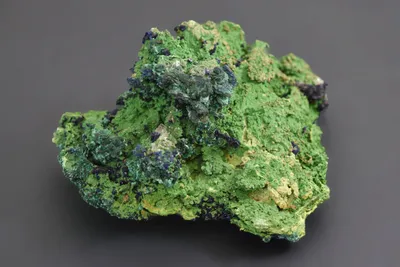
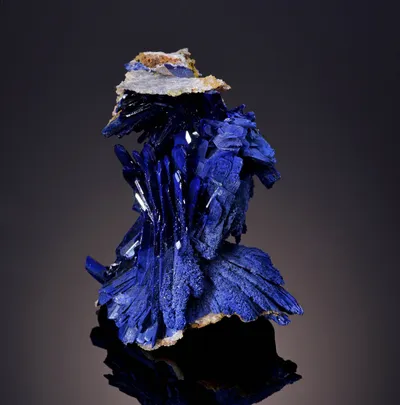
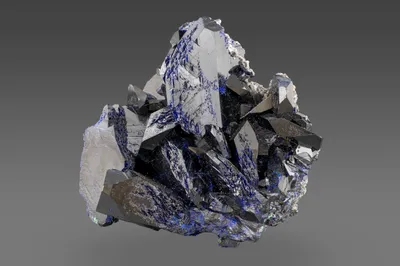
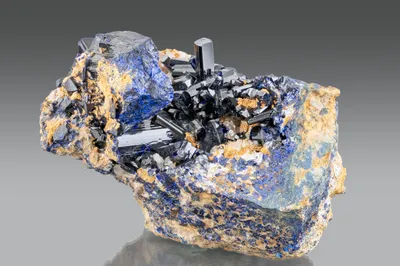

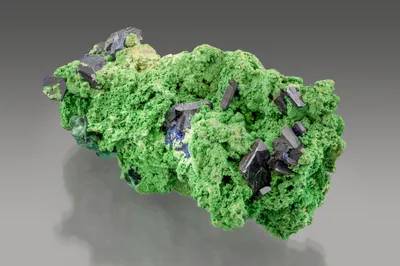
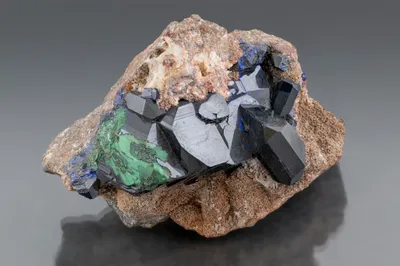
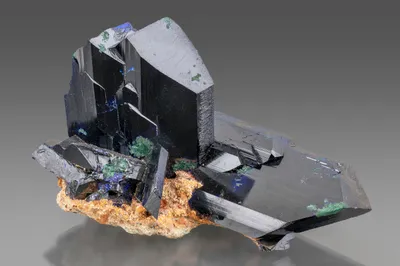


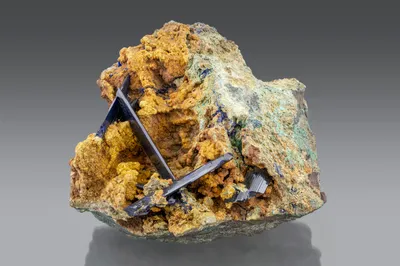

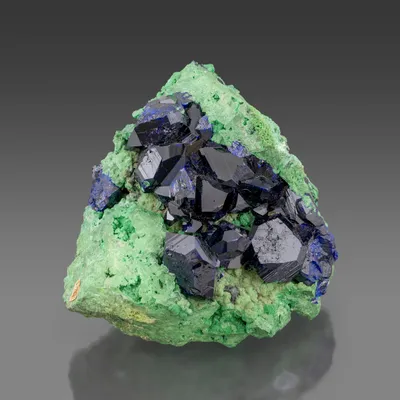

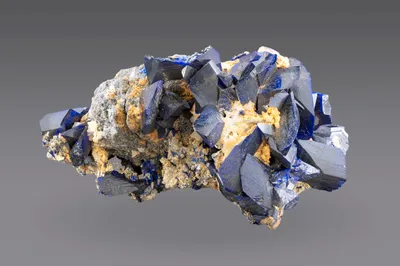
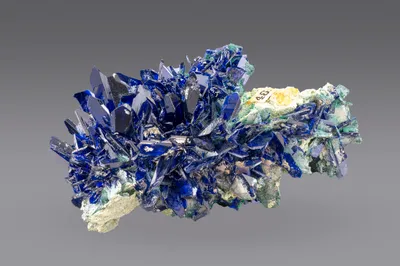
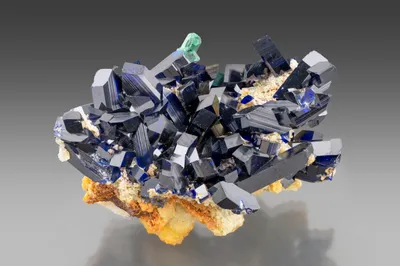
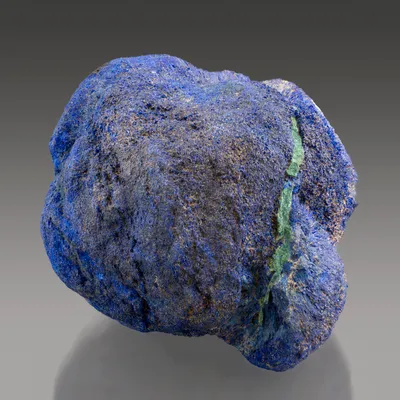

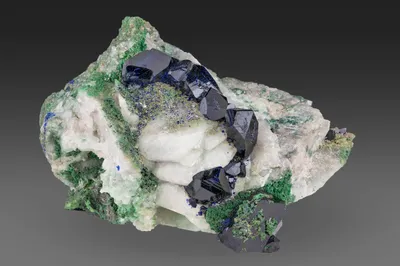
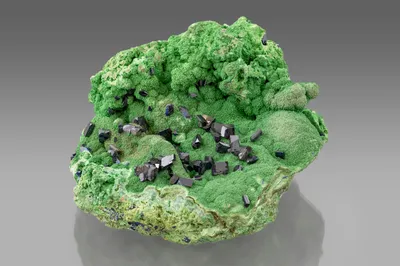


on_Smirthsonite_88mm_Southwood.CN3WXUeN_Z1ChNF9.webp)

